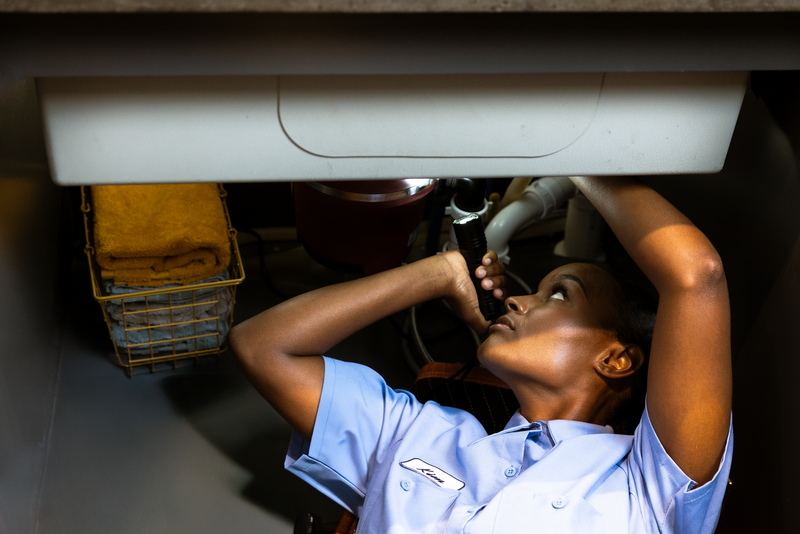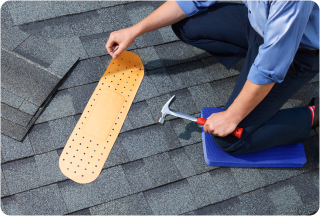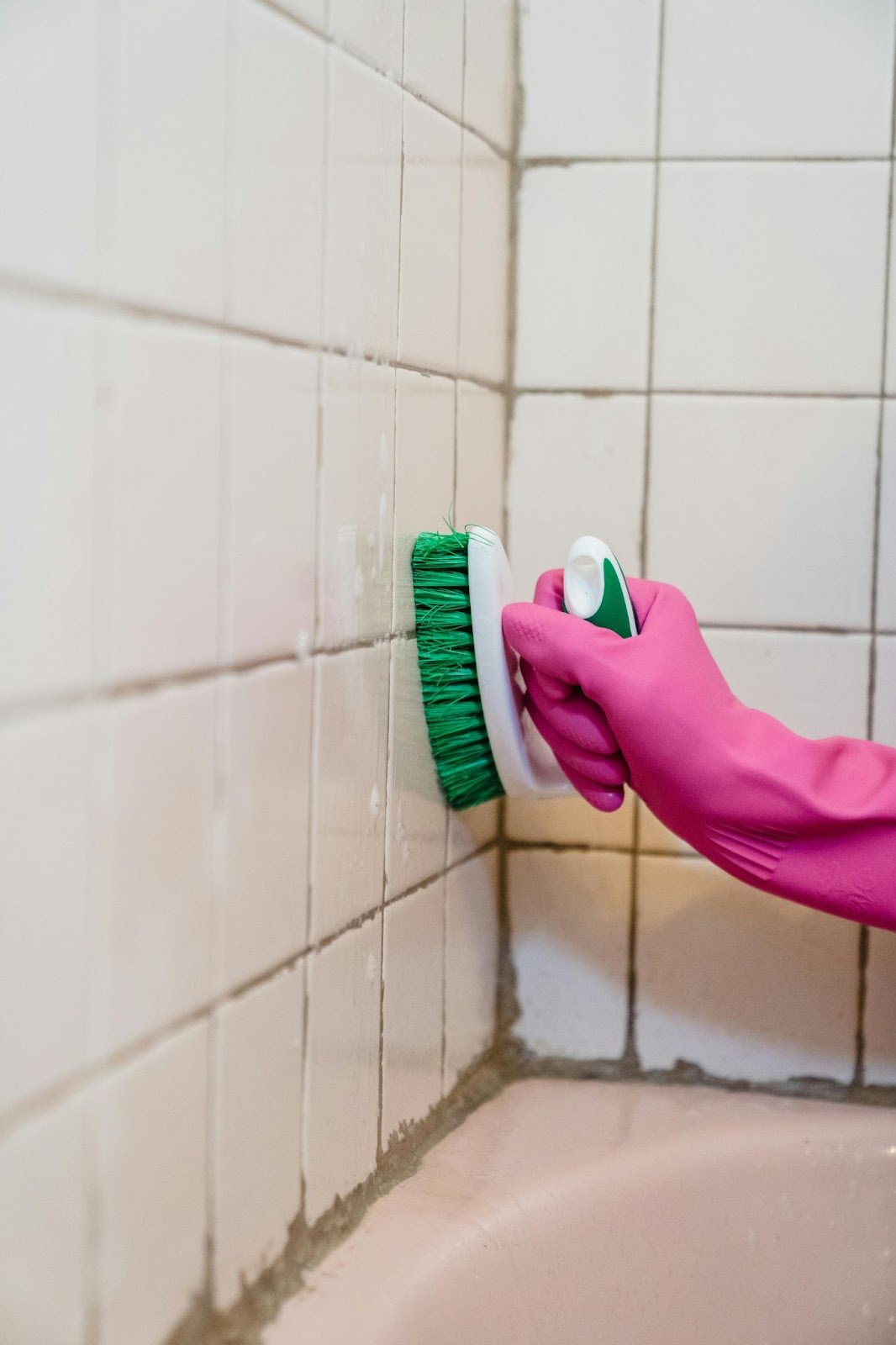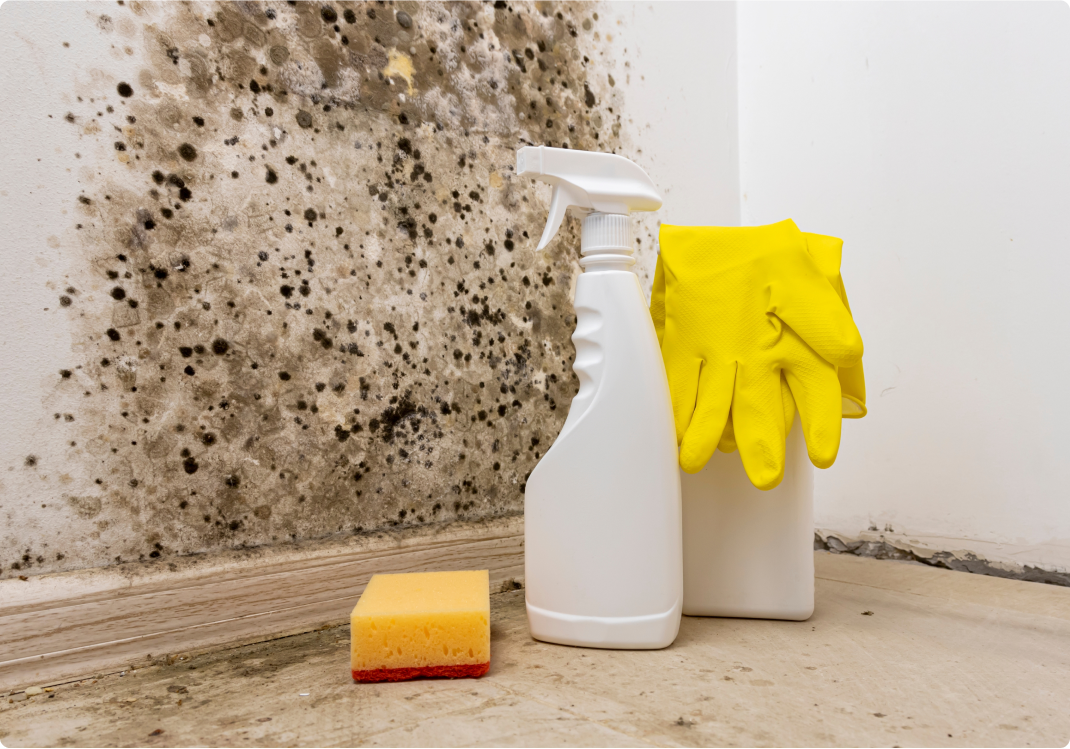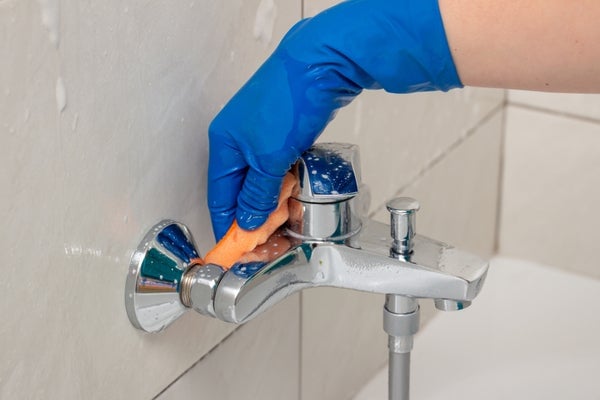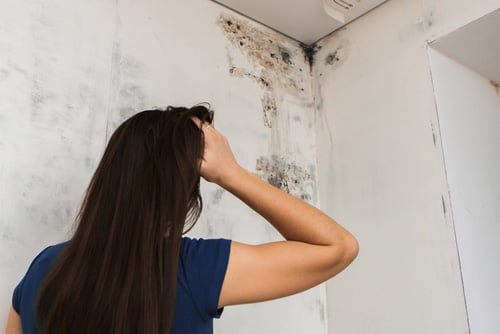Risks of having mold in your home
Having mold in the home is more than a cause of allergies and unpleasant odor, it can also have health implications. Knowing the effects is your best motivation to invest in some help.
The impact of mold on your health
According to the New York Department of Health, the most common signs of mold exposure related to your health are allergy symptoms. However, in rare cases, mold could cause illness or serious infections. The most common symptoms include:
- Congestion
- Eye irritation, such as itchy, red, watery eyes
- Coughing or wheezing
- Itchy or sore throat
- Rashes
- Headaches
Those with asthma should be especially wary of mold in the home; exposure can lead to restricted breathing and airway irritation. If you have asthma (or suspect you might) and are worried about mold, talk to your doctor about next steps and treatment.
The impact of mold on your home
Mold is much more likely to cause damage to your home than your health--it can eat away at wood, drywall, and structural elements. Forbes averages mold remediation/repairs at $2.50 per square foot, which means these costs can add up quickly.
Beyond pricey repairs, mold can also have an impact on your home’s resale value. Of course, people are much less likely to buy homes with splotches, stains, and noticeable odor. Furthermore, educated buyers know that mold points to larger issues, like drainage problems or water damage throughout the structure.
Signs you have a mold problem
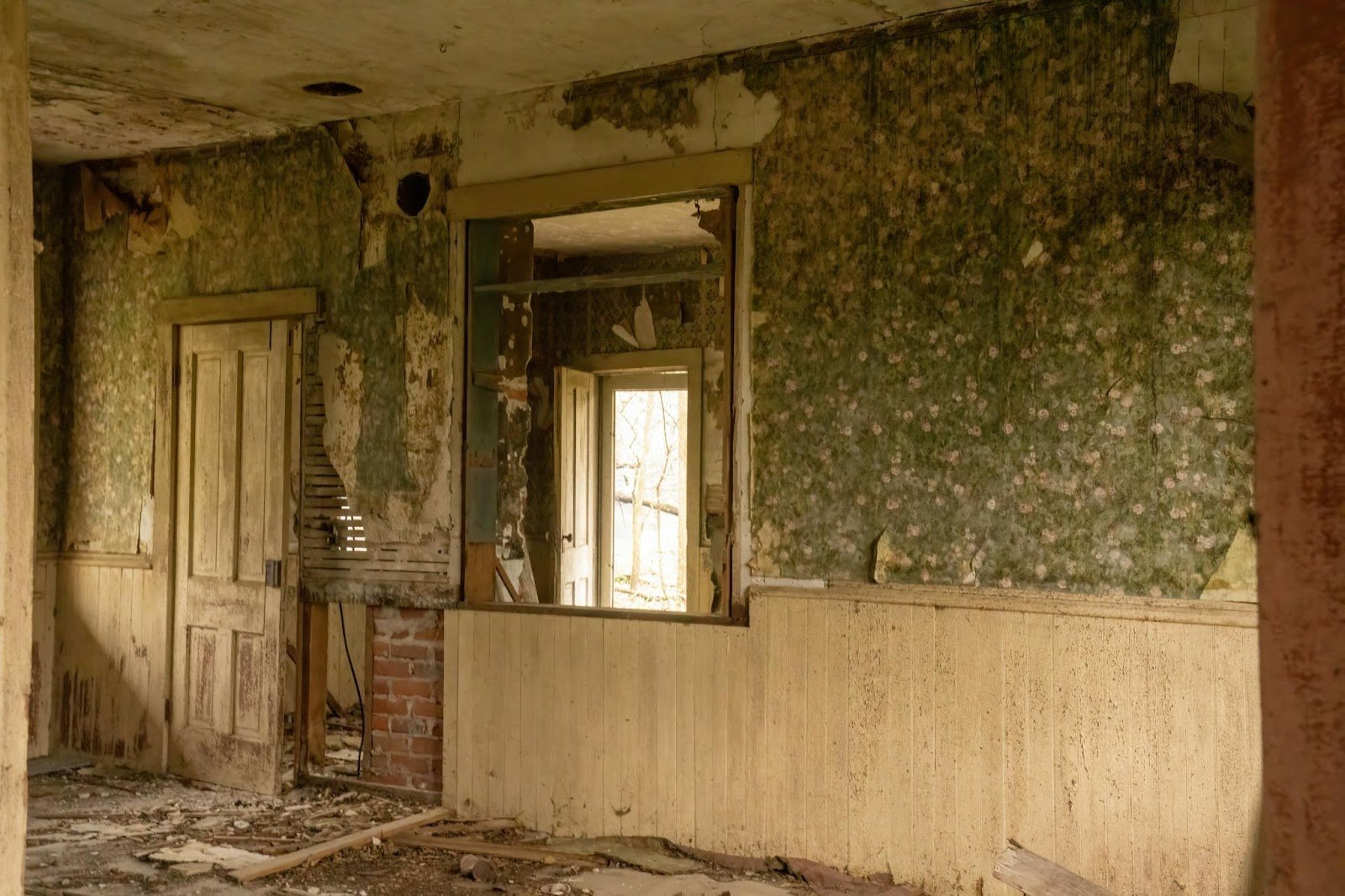
By recognizing early signs and taking preventative steps, you can avoid costly mold repairs. Although all mold types need professional attention, knowing the different varieties can help you identify potential toxic infestations early.
Early signs of mold in your house
The longer you allow mold to colonize, the more damage it will cause. The best way to catch mold before it’s visible is to pay attention to physical symptoms and sources of moisture. Any condensation and water damage puts your home at risk for mold. The top sources include:
- Sinks
- Showers
- Leaky pipes
- Leaky roof
- HVAC systems
Consider scheduling regular, preventative inspections and be on the lookout for issues.
Physical signs of mold in your house
Once you see or smell mold, act before it spreads further and seek a professional for a diagnosis. Depending on the type, mold could appear green, brown, or black and may have fuzzy patches.
Identify black mold
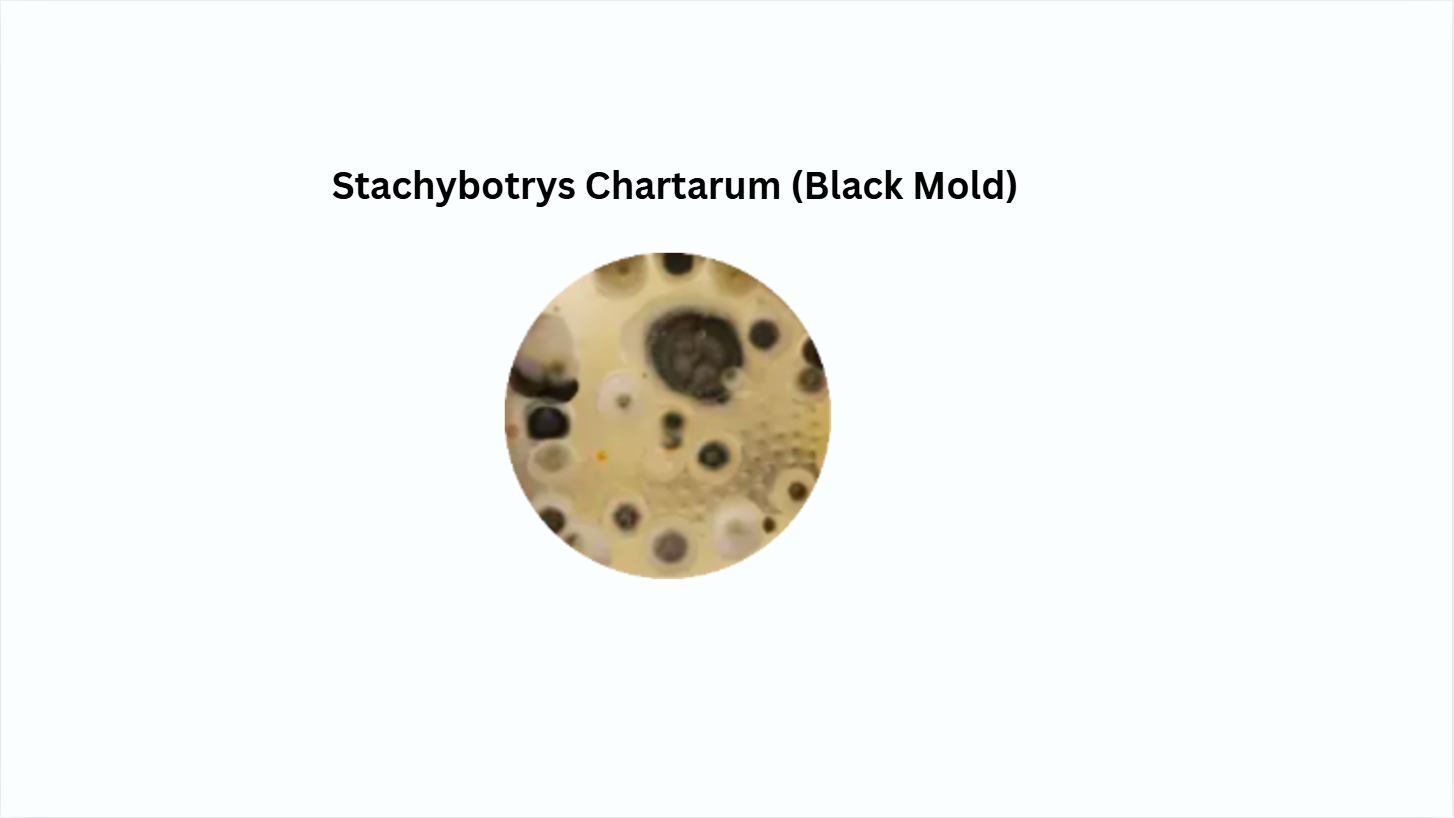
Toxic black mold, also known as Stachybotrys chartarum, produces dangerous airborne spores that harm air quality. Contrary to its name, black mold may have either a black or dark green appearance. It can be slimy or fuzzy, have a potent and rotten smell, and be stubborn with household cleaners.
Identify other types of mold
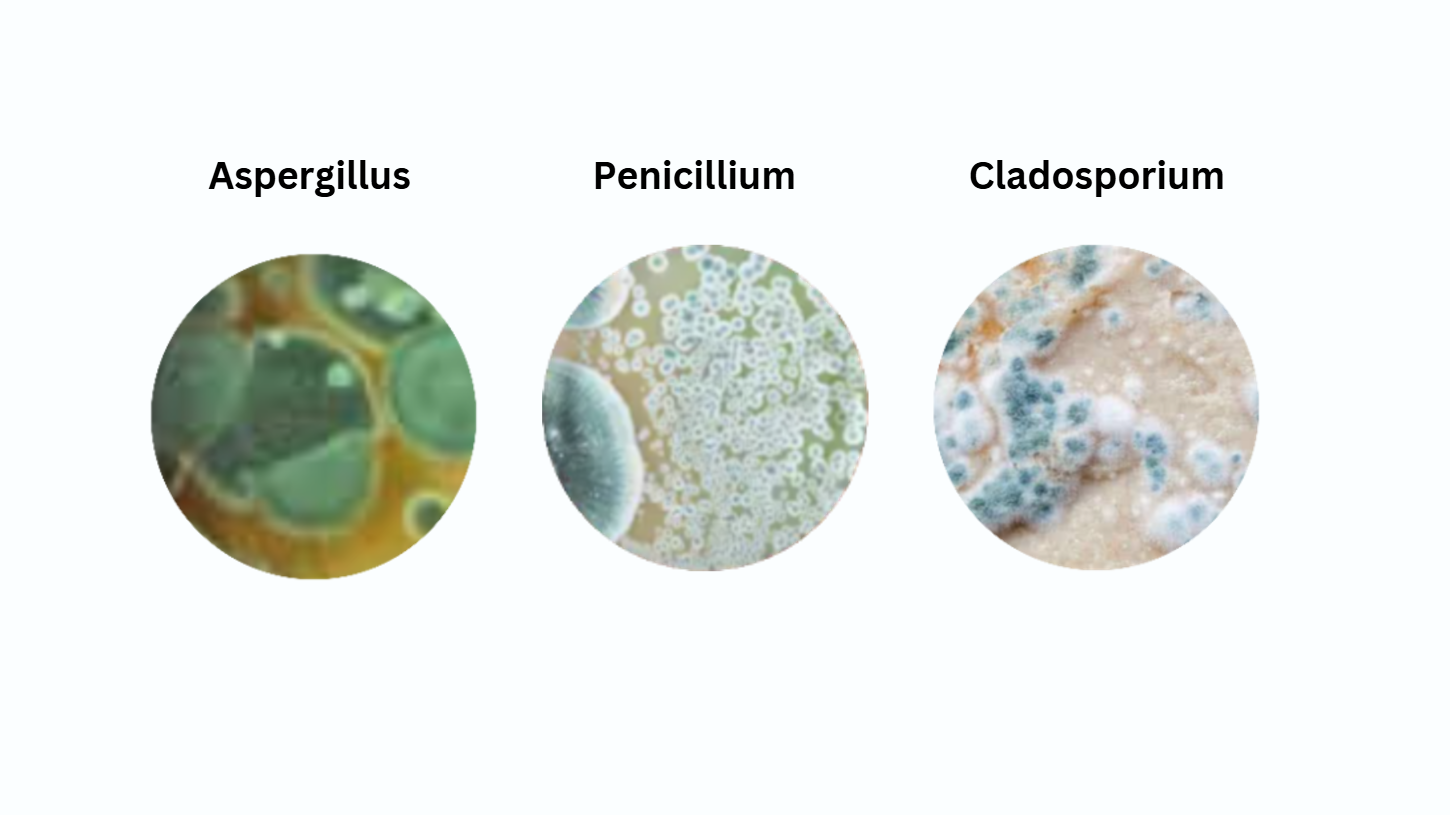
The CDC lists Cladosporium, Penicillium, and Aspergillus as the most common types of mold. They come in many shapes and sizes, from pink to bluish-green, yellow, and brown. These types of mold can have a musty, stale smell.
How to differentiate between mold and mildew
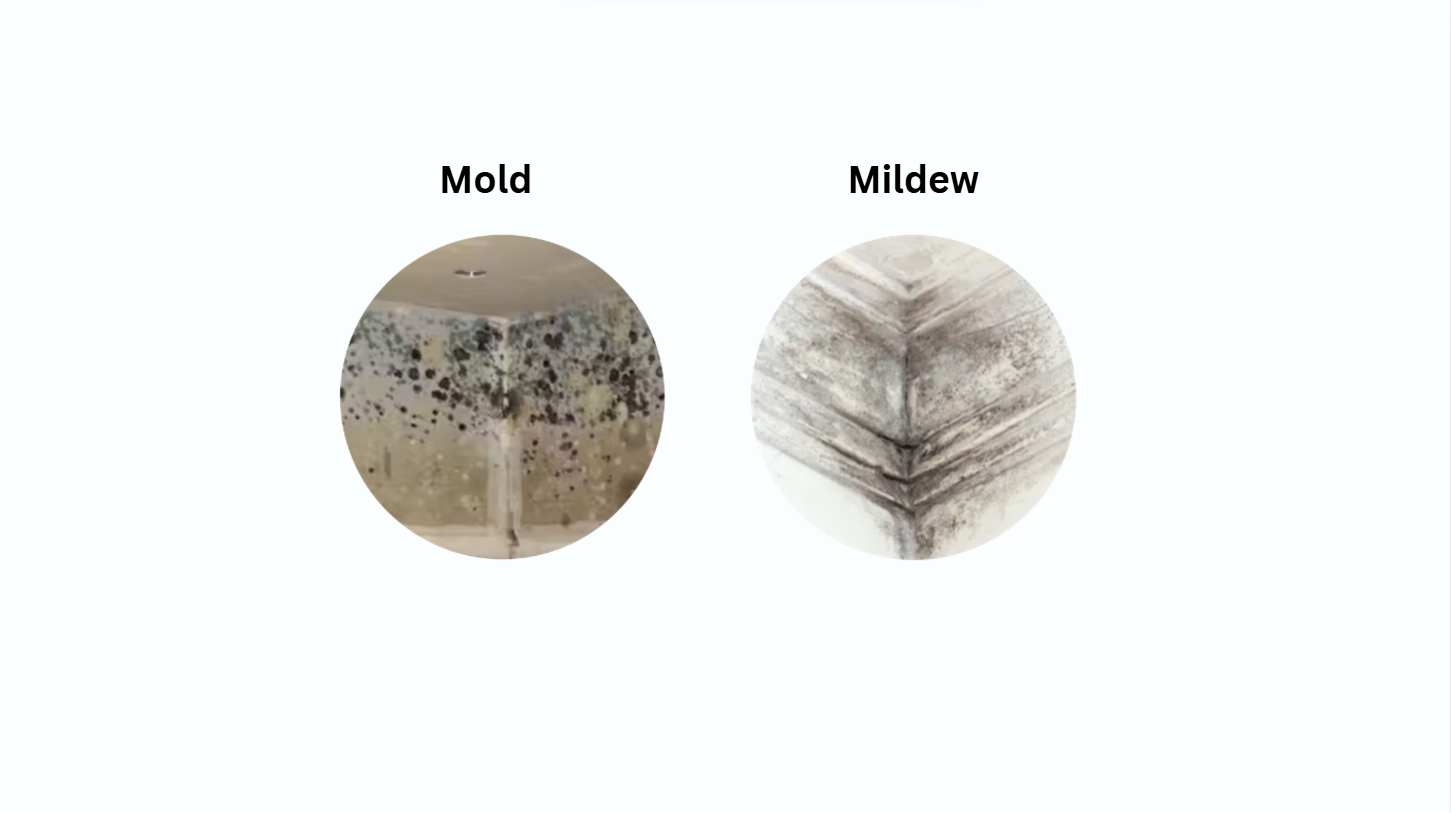
Mold and mildew are both types of fungi, but they differ in appearance, growth patterns, and the conditions in which they thrive. Unlike mold, mildew is usually powdery or downy and is often white or gray. It typically grows on the surface of materials like plants, fabrics, and shower walls in warm, damp areas.
How do you check for mold in your home?
Mold is stealthy; sometimes it hides behind walls, under floors, or in HVAC systems. So how would you know if you had a hidden problem? Your best option is to take a preventative approach and educate yourself about the signs. At a high level, you can:
- Look for signs of water damage
- Pay attention to smells omitted from your heating and cooling system and get regular inspections
- Check for bubbling paint
- Check for any signs of discoloration
Mold in your HVAC system
In addition to typical symptoms of mold, some HVAC-specific signs include:
- Increased energy bills
- Performance issues with regulating temperature and providing adequate airflow
- Leaks and condensation surrounding your system
Call an HVAC repair company if you need help diagnosing and planning next steps.
Getting a professional inspection
If you are experiencing any signs of mold (aside from your HVAC system which can be handled by an HVAC repair company), it’s time to enlist the help of a professional mold inspector. Mold inspectors are typically professionals with backgrounds in building science, environmental health, or construction. They use tools like moisture meters, air samplers, and thermal imaging cameras to detect mold and identify potential problem areas.
When choosing an inspector, read reviews carefully and look for certifications like the American Council for Accredited Certification (ACAC) or the National Association of Mold Remediators and Inspectors (NAMRI). A reputable inspector should provide a clear report, be transparent about their process, and not have conflicts of interest, like offering mold remediation services as well.
